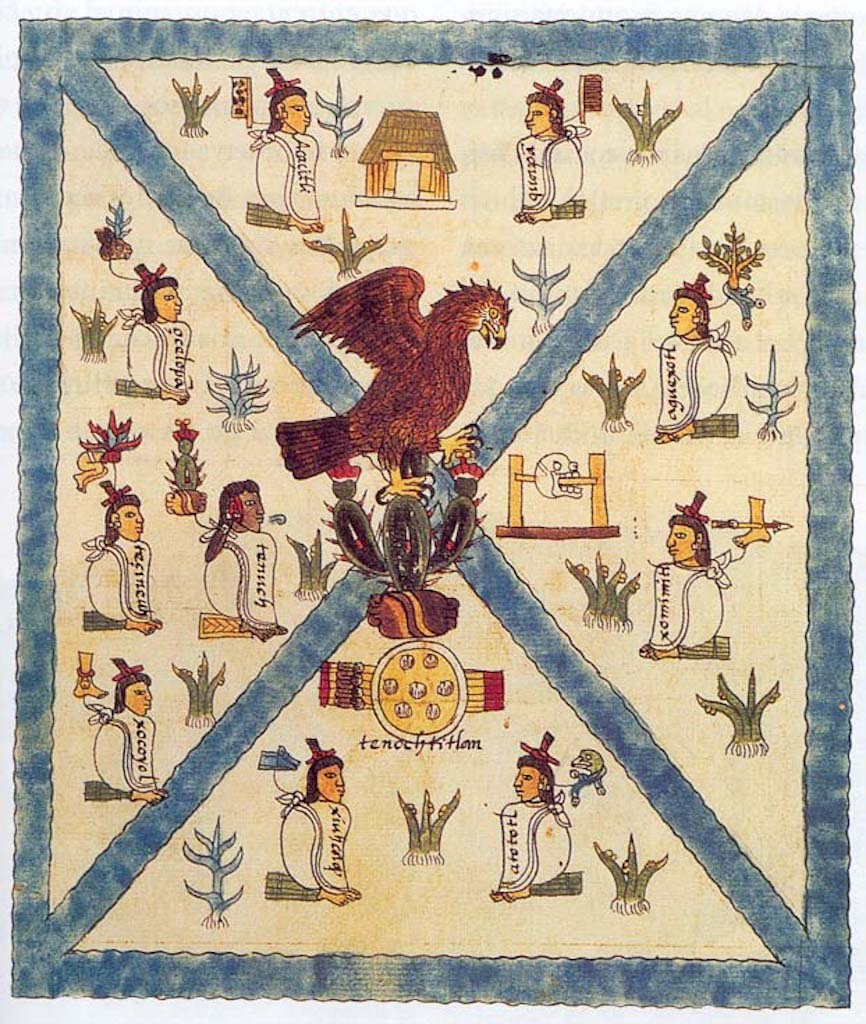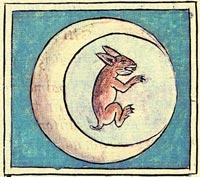Myths are part of every country's culture and are preserved for many years, they even last more than some artifacts. But especially in pre-Hispanic times, is when we encounter many of them. Today we will talk about several facts that have been believed to be true for most of our lives, but that have other truths behind them. Get ready to learn about the following myths of pre-Hispanic Mexico that you may find surprising.
The ball game is one of the most controversial practices of pre-Hispanic history in Mexico, in terms of its meaning and purpose. Some historians say it was a representation of war.
On the other hand, it is believed that it represented some kind of fertility cult, while the movement of the ball across the playing field symbolized the movement of the stars such as the sun, or probably the moon, in the celestial vault.
When it acquired the role of ritual, the losers were in danger of dying, but this was not the ultimate goal.
There is an idea that the losers of the game were automatically sacrificed and that this event represented a source of pride for them. However, this is questioned by several sources.
As mentioned, the ball game was conceived as a symbolic representation of war. At times, the game took on a ritual aspect, and then the life of the losers was at risk. This notion is represented in the Popol-Vuh, a sacred book of the Quiché Maya, when the brothers Hun-Hunahpú and Vucub-Hunahpú are defeated and killed by the lords of Xibalbá, as well as their twin sons, Hunahpú and Ixbalanque.
In addition to this, recent studies have suggested that when someone was indeed sacrificed after a ball game, their ashes were mixed with rubber and made into a new game ball.

It is a mistake to state that the Maya were no longer in existence when the conquistadors arrived in the southeast of the country. Although the splendor of the Maya was already crumbling, there were still inhabitants in important cities such as Mayapán, Chichén Itzá, Tulum, and Petén.
Various Maya groups were in conflict, which worsened with the arrival of the Spaniards, who subjugated them to their will. The conquistadors took the southeast of Mexico after following a route from Cozumel, Yucatan, Belize, and Chiapas.
Another conquest myth is part of a simplistic view that took over basic education in Mexico. It stated that the Spaniards conquered each of the pre-Hispanic civilizations; however, the fall of Tenochtitlan would not have been possible without the valuable alliances that Cortes and other conquistadors made with the peoples subdued by Mexica power.
Mexican history has treated Malinalli, better known as La Malinche, as a synonym for treason, which is totally debatable. When the Spanish conquistador Hernán Cortés was carrying out one of his campaigns in Mexico, La Malinche was given to him as a slave when she was barely a teenager. The Spanish conquistador took advantage of the fact that the woman could speak Mayan and Nahuatl to his advantage.
La Malinche was part of the Spanish advance guard and was not only at Cortés' service as a messenger and advisor but also as a lover. Together they gave birth to Martín Cortés, the first known mestizo Mexican.
La Malinche was the victim of a series of adverse circumstances: she was denied by her family, given to strangers, raped by them, and forced to serve them.
"La Malinche is considered to be to blame for all national misfortunes and all lost battles in Mexican history," historian José Antonio Flores Farfán tells BBC Mundo. "This idea of ‘malinchismo’, of attributing it to a single woman, is a very macho, very misogynistic gesture."

The legend says that the Aztlan people left following a god called Huitzilopochtli. He led them to a kind of promised land, which they knew they had arrived at once they saw an eagle devouring a snake. When this happened, these people built one of the most important cities in Mesoamerica: the great Tenochtitlan, located in the middle of Lake Texcoco.
But did this really happen? Archaeologist Eduardo Matos Moctezuma, an honorary doctorate from the National Autonomous University of Mexico (UNAM), points out:
"Both the chronicles, especially from the 16th century, are intermingled or mixed with the historical data and the Mexica will say that they settle where they saw the symbol that their god Huitzilopochtli indicated to them: the eagle standing on the cactus, but that fact never happened."
When the Aztecs arrived in the Valley of Mexico, the most powerful group was settled in Azcapotzalco under the command of Tezozomoc, who indicated to the Aztecs that they could take possession of the islets of Lake Texcoco.
In that place is when the Aztecs made an alliance with the lordships of Tacuba and Texcoco, the so-called Triple Alliance. This resulted in the liberation of Azcapotzalco in 1428 and their future expansion throughout most of Mesoamerica.
"At the moment of the triumph, Izcoatl, lord of Tenochtitlan, ordered history to be rewritten and began to invent a new history. In my opinion, that is where the concept of the eagle standing on the nopal cactus was born. The eagle represents Huitzilopochtli," said the researcher in a special talk.
In the Teocalli of the Sacred War, located in the Mexica room of the National Museum of Anthropology, it can be seen that the eagle has in its beak the symbol of war, the Atlachinolli, and not a serpent.

I bet you have wondered about that rabbit-shaped shadow on the moon. Well, you are not the only one, and I’m not talking about the other 7 billion people in the world, but the Mayans. They had a myth that in a way, justified such an image. It was believed that after the creation of the world, the powerful god Quetzalcoatl descended to the earth and walked for days. He descended into the abysses, was enraptured by sunrises and sunsets, and roamed the deserts and the wide valleys bordering the high mountains. After much walking, he found himself hungry, but he could not find the food of the gods. Quetzalcoatl sat sadly on a stone until a rabbit passing by, seeing him so sad and hungry, offered himself as food. Legend has it that the god, moved and grateful, raised the animal to the moon, and hence its shadow resembles that of the rodent.
Through the indiscriminate use of both terms, the difference between Aztec and Mexica became invisible and confusion flourished. In reality, Aztecs are all those peoples who, according to Nahua tradition, departed from the city of Aztlan. The word comes from "aztatecatl" -originator of Aztlan- and was not used by any Nahua people to identify themselves; it was coined by the Spaniards to refer to the inhabitants of Mexico-Tenochtitlan. The correct way to refer to this civilization is Mexica.
Source: Muy Interesante